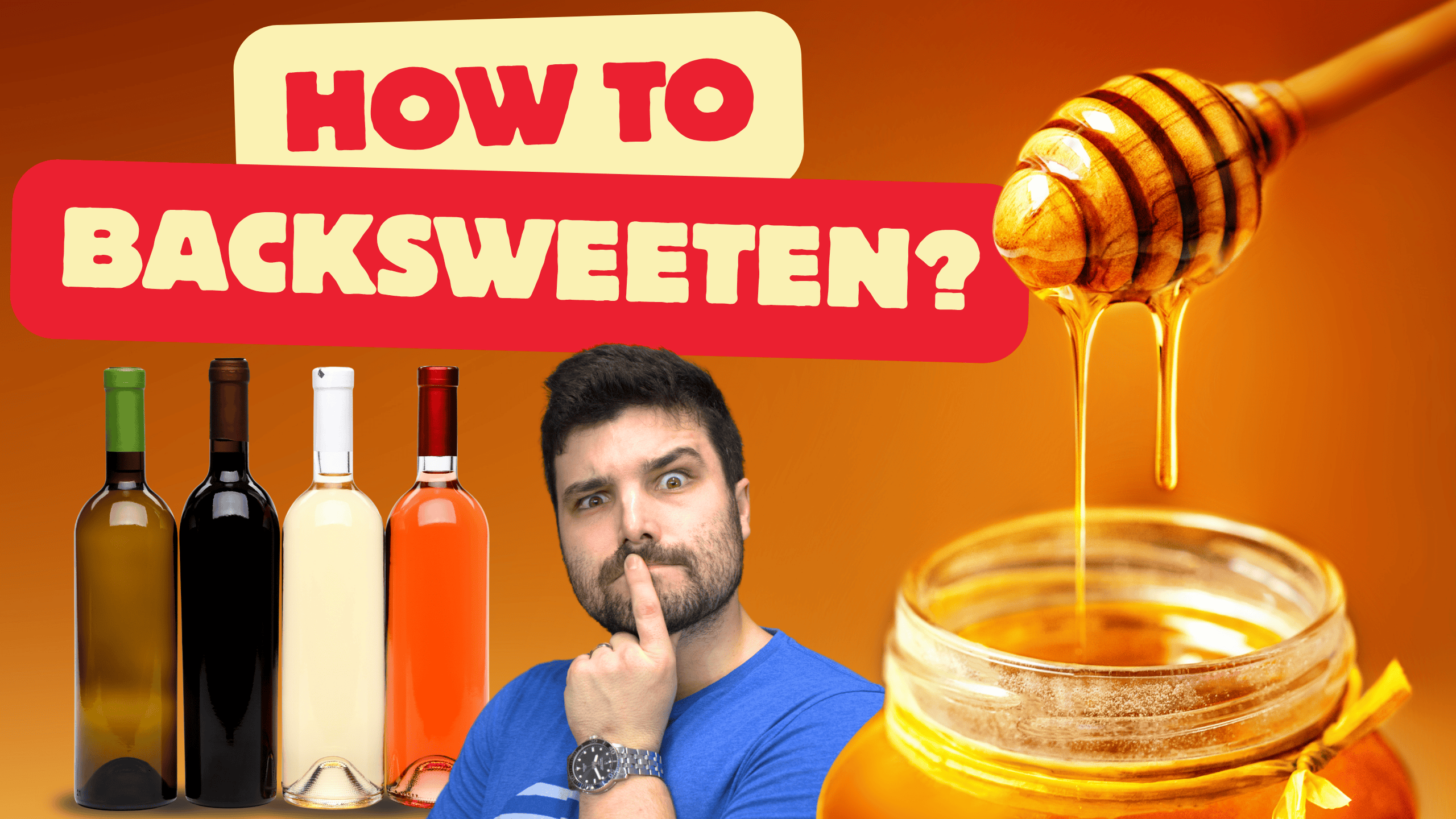How to Backsweeten Your Homebrew Without Bottle Bombs

How to Backsweeten Your Homebrew Without Bottle Bombs
Backsweetening is the handy trick of adding sweetness to a fully fermented homebrew so it isn’t bone-dry. Whether you’ve got a tart young cider or a mead that fermented all the honey out, a touch of sweetness can make it shine. The key is doing it safely – if you just dump sugar in, the yeast will wake up and throw a wild after-party, possibly ending in bottle explosions (the dreaded “bottle bombs”!) But fear not, we’ll walk through how to sweeten your brew without unintended fermentation.
Why Backsweetening? (And Why It’s Tricky)
Fermentation is like a hungry little beast – yeast gobbles up sugars and turns them into alcohol, often leaving your brew bone-dry. Backsweetening means adding sweetness back in after fermentation is done. The catch? Yeast will try to party on any new sugars you add, potentially fermenting again (hello, volcano bottles!). To avoid that, we need a strategy.
Safe Backsweetening Methods
There are a few ways to backsweeten while keeping those yeasts in check. Let’s break down your options in a light, no-fuss way:
- Stabilize with Camden & Sorbate: This is a classic winemaker’s trick. Once fermentation is finished, you add Campden tablets (which release sulfites) and potassium sorbate. The Campden knocks down any wild microbes and the sorbate basically tells the yeast, “No more kids for you!” – meaning it prevents yeast from reproducing. After adding these and waiting a day or two, you can stir in your sugar, honey, fruit juice, etc. Result: the brew stays sweet, and yeast are too tuckered out (or inhibited) to ferment it. (Tip: Use the recommended doses on the packages. Overdoing sulfites can give a “chemical” taste, and nobody wants that.)
- Pasteurize Your Bottles: If adding chemicals isn’t your style, you can backsweeten and then pasteurize the brew. This means bottling your sweetened cider/mead and then gently heating the bottles in hot water to kill off yeast. For example, some cider makers sweeten, bottle, let the bottles carbonate just a tad for a day or two, then put them in ~70°C (158°F) water for about 10-15 minutes to pasteurize. Result: the yeast get zapped, so they can't ferment the new sugars. This way you lock in the sweetness and some fizz without bombs. (Safety note: Use a big pot and watch the temp – too hot and bottles can crack. Always remove from heat after 10-15 min and let cool.)
- Use Non-Fermentable Sweeteners: An easy cheat code: add a sugar that yeast can’t ferment. Common ones are lactose (milk sugar), xylitol, or artificial sweeteners. Lactose is popular in milk stouts and some ciders – it adds a mild sweetness and body, and yeast ignore it (they can’t digest lactose). Xylitol or stevia can also sweeten without fermentation restarting. The upside: no extra steps needed, just stir in to taste. The downside? The flavor can sometimes be different (lactose isn’t super sweet, and artificial sweeteners have their own taste). But it’s absolutely a viable option to sweeten your brew with zero bottle bomb risk.
- Keg It & Keep It Chilled: If you’re one of those fancy homebrewers with a keg setup, backsweetening is a breeze. Transfer your fermented dry brew to a keg, add your honey or sugar to sweeten, then keep it refrigerated and force-carbonate with CO2. Cold temperatures put yeast to sleep. As long as the keg stays cold (and you drink it within a reasonable time), the yeast won’t wake up to ferment the added sugar. Result: sweet, carbonated cider/mead on tap, no chemicals needed. (This method isn’t for bottling though – it’s for draft pouring only, since once it warms up or if transferred to bottles, fermentation could resume.)
- Brew to High ABV (Yeast Killer Strength): This one is more of a pre-plan than an afterthought. Some brewers make a mead or wine so strong in alcohol that the yeast basically give up (yeast have their limits!). For example, certain wine yeasts die off around 14-18% ABV. If your brew exceeds that, you can then add more honey or sugar and the remaining yeast are too drunk (or dead) to ferment it. Result: naturally sweet high-alcohol brew. However, this can be tricky to execute, and you still might want to stabilize or pasteurize to be safe. Plus, you end up with a boozier drink than maybe intended. Fun for dessert wines, not so much for a session cider.
Light and Tasty Final Tips
- Always make sure primary fermentation is completely finished before backsweetening. Check that gravity and ensure it’s stable over a few days – we want the yeast dormant or done.
- Backsweeten to taste. It’s best to dissolve your sugar/honey in a bit of water or take out a sample of your brew and experiment with small additions, to avoid accidentally turning your cider into syrup. Add a bit, stir gently, taste, repeat until it’s Goldilocks “just right.”
- If using chemicals (Campden/sorbate), remember they don’t kill yeast outright; they just inhibit them. So don’t skip the sorbate if you’ve added more sugar – sorbate is key to prevent refermentation. And give the brew a day after adding them before sweetening, to let the magic work.
- Sanitize everything as usual. Even though you’re adding stuff post-ferment, you don’t want to introduce any new wild critters.
- Bottle condition before pasteurizing (if you want some fizz): For the pasteurization method, it’s common to let the yeast eat just a little of the new sugar in the bottle (maybe 1-2 days at room temp) so you get carbonation, then heat-pasteurize to stop them. Timing is key – too long and pressure builds too high; too short and you get flat sweet cider. Keep an eye (and maybe sacrifice a tester bottle to open and gauge carbonation).
Finally, backsweetening is as much an art as a science. Take notes on what method you tried and how it turned out. With a bit of practice, you’ll dial in the perfect sweetness that suits your taste buds.
Now go forth and sweeten that brew to liquid perfection! Cheers, and happy brewing! 🍻
